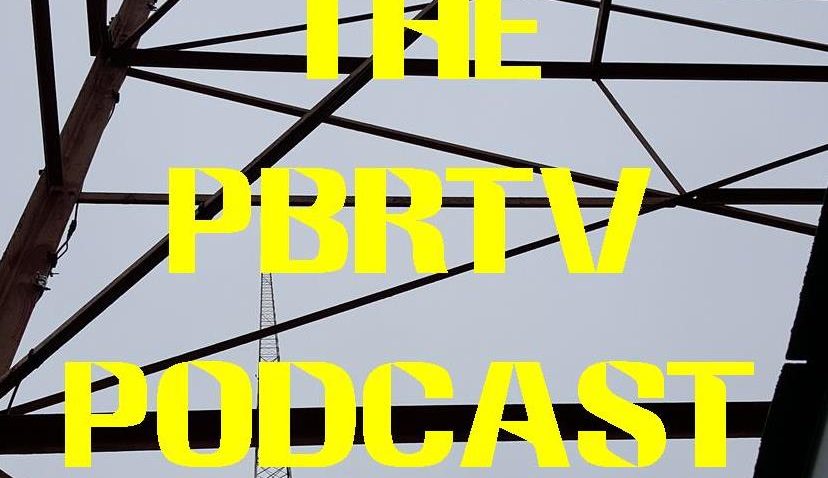Monday morning nostalgia fix
September 10, 2007
A quarter-century ago, the station widely regarded as the nation’s first commercial broadcaster, KDKA (1020), was marking another milestone — it was the first Pittsburgh AM broadcaster in stereo.
 Indeed, some sources (mainly at the Big K) claimed the station was the first in the world to use AM stereo, but that’s the subject of some dispute as well.
Indeed, some sources (mainly at the Big K) claimed the station was the first in the world to use AM stereo, but that’s the subject of some dispute as well.
As KDKA and other stations get ready for full-time “IBOC” (“in-band, on-channel”) digital broadcasting, it’s interesting to look at the state-of-the-art 25 years ago this week.
KDKA’s first stereo broadcast began during the 6 p.m. news on Friday, July 23, 1982, with a story explaining AM stereo technology and the playing of “The Star-Spangled Banner.” “When the receivers become available,” the station said, “KDKA Radio’s complete music line-up will be heard in AM stereo.”
According to the Aug. 2, 1982 issue of Broadcasting magazine, that first stereo broadcast on KDKA lasted only 10 minutes before the exciter was switched off so that some “technical fine adjustments” could be made. A few minutes later, KTSA (550) in San Antonio, Texas, went on the air in stereo full-time.
KDKA and other AM stations had experimented with “stereo” broadcasting in the 1950s and ’60s, but it wasn’t true “multiplex” stereo. Those earlier attempts at “stereo” radio required two receivers — one AM and one FM — each of which transmitted only one channel.
Multiplex stereo allows both the left and right channels to be carried on the same frequency; while monaural receivers receive the multiplexed broadcast and reproduce it as a correct-sounding mono signal, multiplex stereo-equipped receivers decode and reproduce the left and right channels separately, in stereo. FM multiplex stereo was developed by Zenith and General Electric and debuted in 1961; all FM stereos still use the same technology today.
Various groups had been experimenting with AM stereo for years, but the Federal Communications Commission’s unwillingness to commit to a standard delayed its on-air debut until 1982. And when the FCC finally allowed AM broadcasters to use stereo on a trial basis, there were four incompatible methods in use, developed by Harris; Magnavox; Motorola; and inventor Leonard Kahn in cooperation with Hazeltine Laboratories.
Not surprisingly, few radio manufacturers were willing to install four different AM stereo circuits in their new receivers, so most excluded AM stereo altogether, and no receivers were on sale to the general public in 1982.
At least the Kahn-Hazeltine system had the advantage of being usable without a special receiver. Two regular AM radios — one tuned slightly higher than the frequency, one slightly lower — would reproduce an acceptable stereo effect.
KDKA was using the Kahn system. Other stations in AM stereo in the late summer of 1982 using Kahn equipment included KHJ Los Angeles, KMBZ Kansas City, WLS Chicago, and WMAL Washington. KDKA’s Westinghouse sister stations, WBZ in Boston and WOWO in Fort Wayne, Ind., were testing stereo exciters as well.
 It would take until 1993 before the FCC finally decided on the Motorola standard. In the meantime, the technology languished until relatively few AM stations were broadcasting music and AM stereo was all but dead in the U.S. (Yes, there’s a small but extremely vocal band of AM stereo fanatics around. To them we say: please don’t flood us with email. Yes, AM stereo sounds good, but it’s dead, Jim.)
It would take until 1993 before the FCC finally decided on the Motorola standard. In the meantime, the technology languished until relatively few AM stations were broadcasting music and AM stereo was all but dead in the U.S. (Yes, there’s a small but extremely vocal band of AM stereo fanatics around. To them we say: please don’t flood us with email. Yes, AM stereo sounds good, but it’s dead, Jim.)
By the way, at least one thing hasn’t changed in 25 years: Leonard Kahn is still swimming against the FCC and industry current — he’s invented a separate digital AM broadcasting standard that he claims is superior to IBOC. You can find out more at his website.

